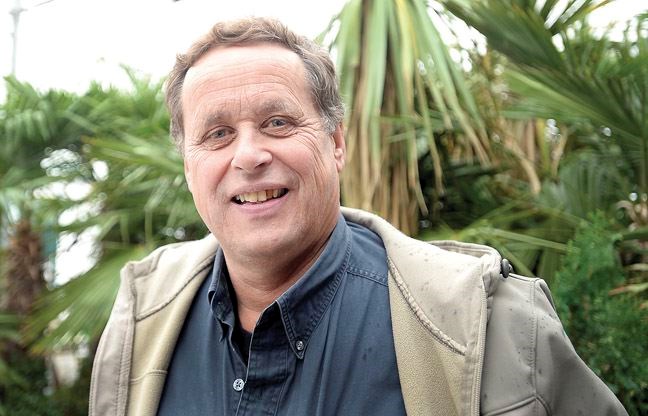Northern climates mean gardeners have to make the most of three to four months of optimal growth.
Despite the short season, northerners can take advantage of long summer days - and some savvy tips - to get their ground growing.
"We catch up fairly quickly," says Jos Van Hage, who owns and operates two Art Knapp Home and Garden Centres in Prince George.
For the green gardener hoping to cultivate a green thumb, it's best to start with the basics.
"One step at a time," suggests Van Hage, who said that's how he started when he moved to Prince George 35 years ago.
And the first step, he says, is knowing your home zone.
The province is divided into growing zones and the lower the zone, the colder it is. Prince George is in zone three, compared to the Lower Mainland which sits at six or seven.
The zone is especially important when picking and planting perennials Van Hage says, but with annuals it doesn't matter as much. Vegetable, or produce, gardening is most popular in Prince George, whereas flowers are a favourite further south, he says.
The smart gardener can lengthen the growing season by putting crop blankets over plants when freezing temperatures return.
Van Hage preaches patience when planting. Late May is the best time to put seed to ground because of temperature and moisture in the soil. While some start in April, he suggests keeping the seedlings inside or buying sprouts from your local store.
"You have to protect them during the time that we still have the morning frost," said Van Hage, though it doesn't affect some things, like pansies or dormant shrubs that don't have leaves yet. "It's always the wise thing to do, to allow the soil to warm up."
If the ground is only two or three degrees, Van Hage says the seed will just sit there.
"Then it will rot before it can germinate," he said, but by waiting "you don't lose any time because it will start growing right away instead of sitting there dormant for a period of time."
Expensive plants are a waste of money if you haven't spent the same effort on the dirt they dig their roots into, he says.
Even if you think you know your land, Van Hage still suggests talking to an expert because this area has subzone and soil considerations.
"I always preach this to my customer: the soil is the foundation of your plants."
And the soil in Prince George is dependent on location.
"In the downtown area we got a lot of gravel and sand because rivers in the old days ran through there."
In the bowl water passes through soil quickly, which means it also leaches the fertilizer. Gardeners should consider adding soil to help capture the water, he says.
But in places like Beaverly and Pineview, there's an overabundance of clay. The difference, he says, is moisture and drainage of that soil.
"It's very fertile but you have to work with it."
In the wetter regions, raised beds and mounted trees and shrubs help plants grow.
He always tells new homeowners to make sure the water is draining the right direction - away from the house - and that they understand where the sunlight and shade hits.
"Planning is the most important thing."



